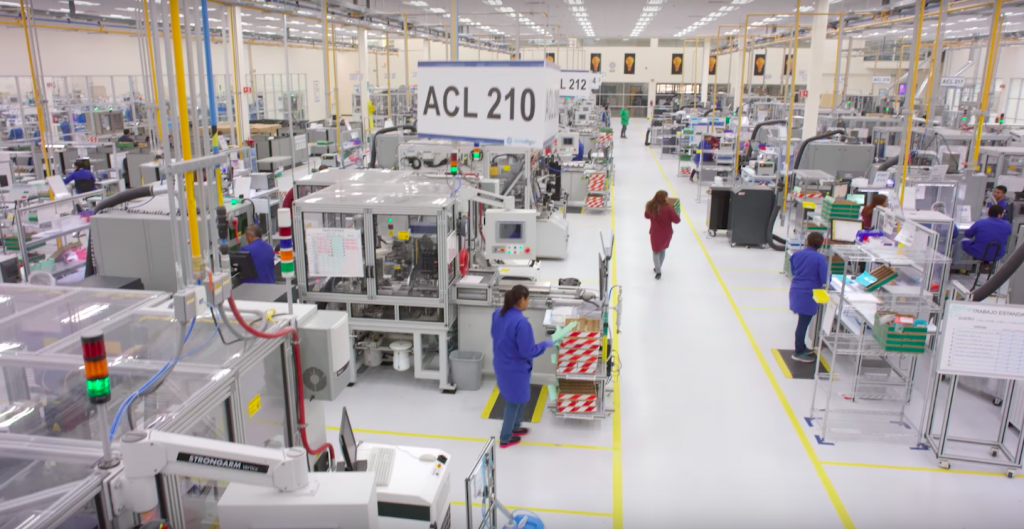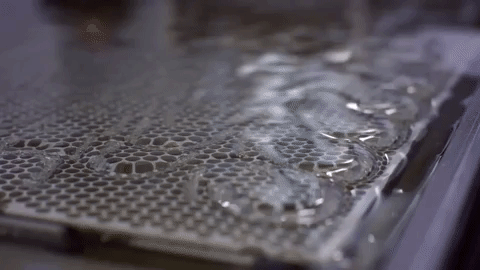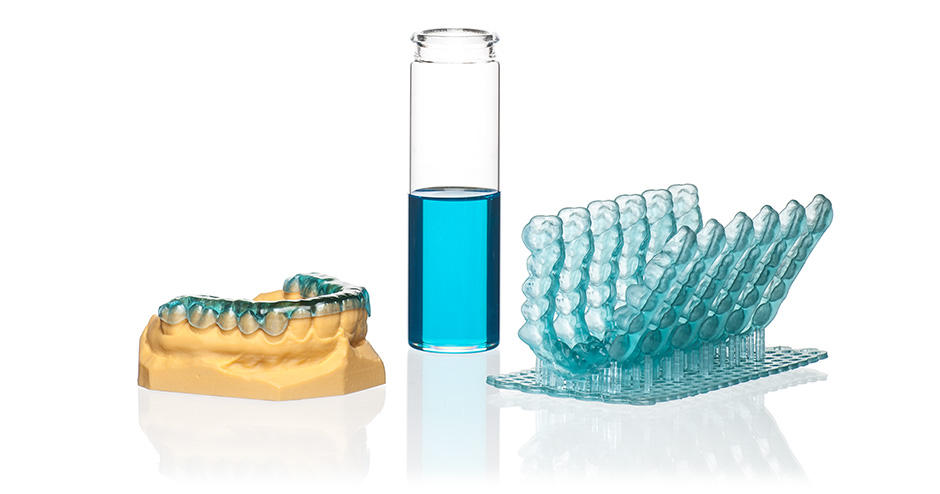Align Technology Inc., the company behind the Invisalign range of clear-aligner orthodontics, are on track for $1.5 billion in sales this year, according to a new article published by Forbes.
Align has already earned $660 million in the first two quarters of the year, the majority of which comes from clear aligners, and rest from their iTero 3D Scanning system. Align has made a significant impact by combining 3D printing with dentistry.

The customised orthodontics are produced within Align’s vast factory of 3D printers, estimated by Forbes to number between 50 and 60. The machines produce 8 million orthodontics per year, a number which has grown steadily following the improvement of Invisalign technology, and the aesthetic and convenience advantages they offer over conventional braces.
The Invisalign process
Dentists scan the oral cavity with a scanner instead of impressions using either a 3M TruDef or an iTero system. The intra oral digital scans are then converted into digital files. From this, shape engineered aligner molds are 3D printed and then manufactured using techniques including thermo-forming and milling, allowing the teeth to adjust and be guided into place.
The Invisalign orthodontics are using a process including bio-compatible polyurethane resin and using 3D Systems’ Stereolithography (SLA) 3D printers. Invisalign products have been approved by the US Food and Drug Agency since 1998.

Increasing competition in the digital dentistry sector
NextDent, whose parent company Vertex-Global Holding B.V. was bought by 3D Systems in January, are one rival to the Invisalign brand with their Ortho Clear range.
NextDent also provide 3D printed dental trays for making impressions, and personalised 3D-printed gingiva masks for gums. The company demonstrated a 3D-printed MFH crown in 2016.
More recently Swiss dental supplier Straumann branched out into orthodontics in June 2017, when they acquired a 35% stake in German 3D printer company Rapid Shape.
3D printing in dentistry is not limited to orthodontics. Italian company DWS 3D printed restorations provide an alternative to subtractive processes such as milling.
The DWS DFAB 3D printer, was previewed in February at Chicago Dental Society’s Midwinter Meeting and can produce crowns, implants and bridges with personalised shading in 20 minutes.

Maintaining the 3D impact on dentistry
While Invisalign’s profits are impressive, market penetration remains relatively low with only 9% of all potential customers reached. The company’s next step will be to expand their Invisalign range to a wider customer base.
Undoubtedly with the multi-billion dollar opportunity presented by digital dentistry others will also be seeking their share.
For more news on medical and dental 3D printing developments, subscribe to our 3D Printing Industry newsletter, like our Facebook page and follow us on Twitter.
Featured image shows a Wisdom Tooth glass paperweight by Frost Glass.


